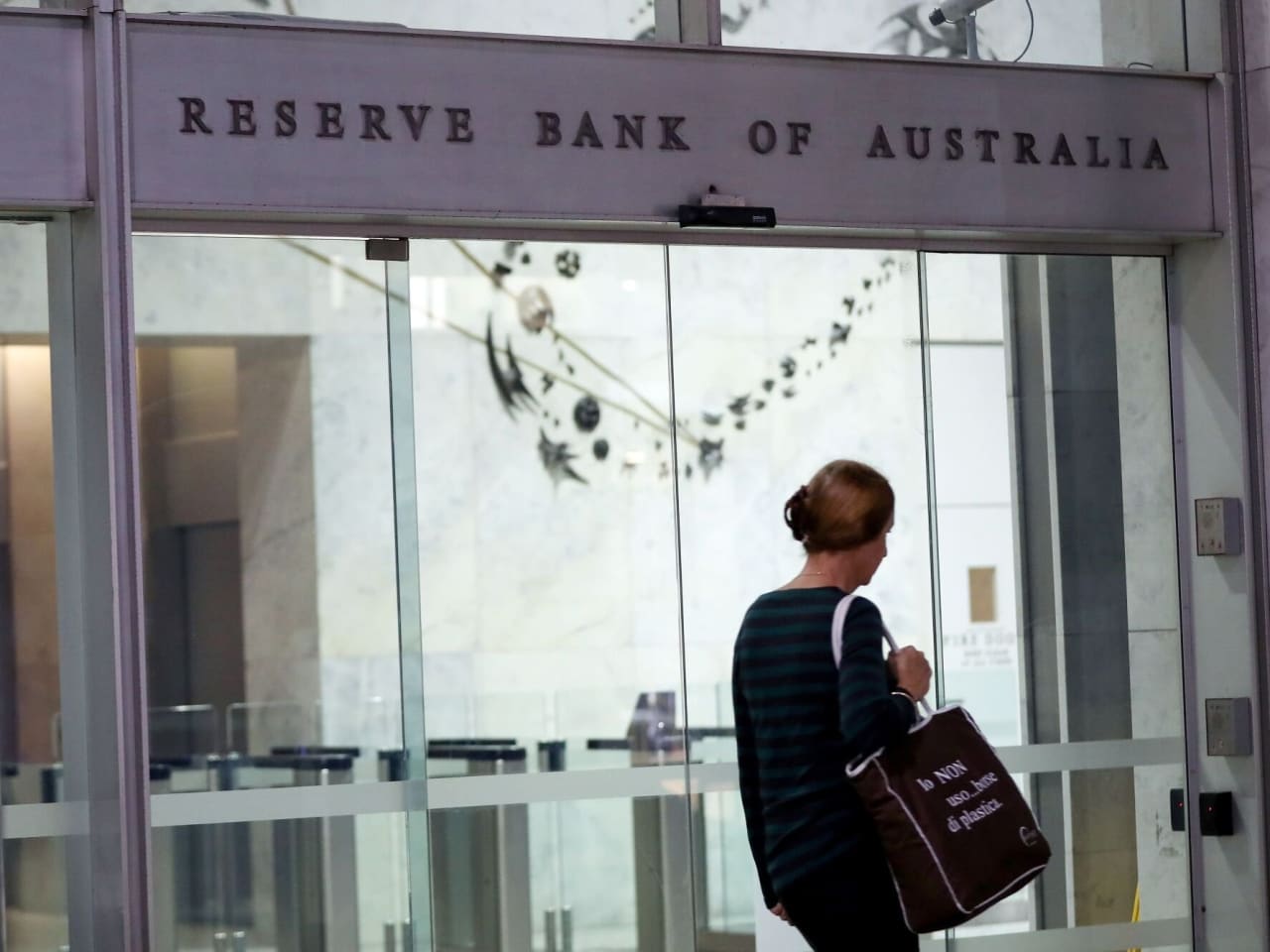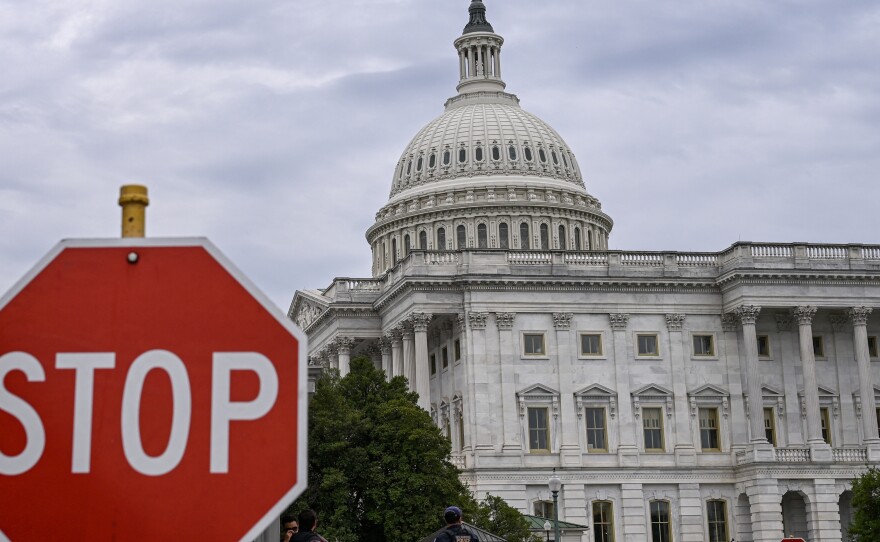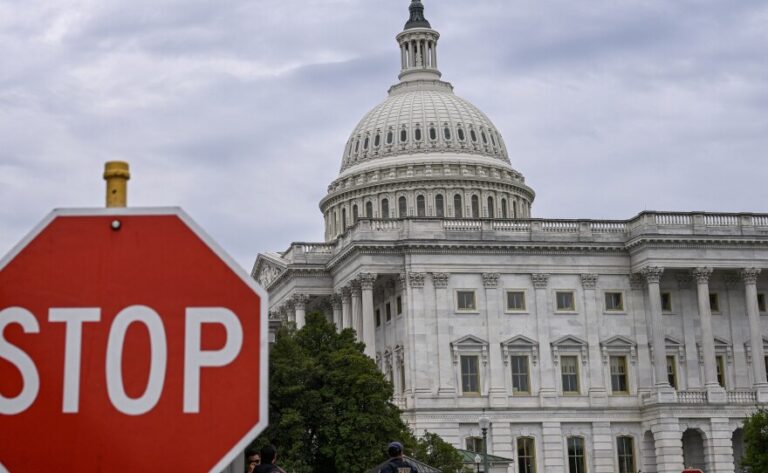In a move that caught financial markets off guard, the Reserve Bank of Australia (RBA) decided to keep interest rates unchanged at 3.85% during its July 8, 2025 meeting. The decision defied widespread expectations of a 25 basis point cut.
Money markets had priced in a 92% probability of a rate reduction, making the hold particularly surprising. The board voted 6-3 in favour of maintaining the current rate, marking the first time the RBA has publicly disclosed its voting breakdown under new transparency reforms.
Governor Cites Global Uncertainties
RBA Governor Michele Bullock, who became the first woman to lead Australia’s central bank in September 2023, cited “global developments” and lingering concerns about inflation sustainability as key factors behind the pause. “Some components suggest that underlying inflation in the June quarter could be a little higher than our forecast,” Bullock stated during her post-meeting media briefing.
The decision comes after the RBA had already delivered two rate cuts in 2025 – a 25 basis point reduction in February that broke a lengthy holding pattern, followed by another cut in May. The cash rate had been held at 4.35% throughout 2024 before these reductions.
Market Reaction and Economic Context
The surprise hold disappointed mortgage holders who were anticipating relief from high borrowing costs. A 25 basis point cut would have saved approximately $90 per month on a $600,000 mortgage.
Despite the hold, Australia’s inflation picture has shown marked improvement. Headline CPI inflation fell to 2.4% annually in the March 2025 quarter, sitting comfortably within the RBA’s 2-3% target band for the third consecutive quarter since the pandemic. Underlying inflation, measured by the trimmed mean, dropped to 2.9% – the first time both headline and core inflation were within target since 2021.

Political Pressure and Economic Debate
The decision sparked immediate political reaction. Treasurer Jim Chalmers acknowledged the surprise nature of the decision, stating: “This is not the outcome that millions of Australians were hoping for, or the outcome that economists or the market were expecting.”
Shadow Treasurer Ted O’Brien criticized the government’s economic management, arguing that “Australian households are on their knees, industries are collapsing, businesses are falling over because Labor cannot manage the economy.”
Diverging Expert Opinions
The unexpected hold has divided economists on the path forward. Oxford Economics’ Harry Murphy Cruise argued that tariff uncertainty and positive inflation news warranted a July cut, stating: “We’d rather see momentum build in the economy ahead of a potential storm than risk being caught flat-footed if conditions sour.”
However, Capital Economics’ Marcel Thieliant suggested the RBA’s caution was justified, noting: “Barring a major upside surprise in the June quarter inflation data, we still expect a cut at the bank’s next meeting in August.”
What Major Banks Are Predicting
Australia’s big four banks remain divided on the timing of future cuts:
• ANZ and Westpac expect the next cut in August 2025
• Commonwealth Bank forecasts a September reduction
• NAB predicts cuts will resume in November
Most economists still expect the cash rate to fall to around 3.1% by early 2026, though the pace of easing may be slower than previously anticipatHousing Market Implications
The rate hold maintains pressure on Australia’s housing market, where affordability remains a critical issue. According to recent data, the average new home loan in Australia stands at $659,922, with monthly repayments averaging $3,957.
Property market forecasts suggest house prices could rise 4-6% in 2025 if rates eventually fall as expected. However, mortgage stress continues to affect approximately 25% of Australian homeowners, according to Roy Morgan research.
Global Economic Considerations
The RBA’s decision reflects broader global economic uncertainties, including potential trade disruptions and geopolitical tensions. The board noted it “remains cautious about the outlook, particularly given the heightened level of uncertainty about both aggregate demand and supply.”
The central bank emphasized it is “well placed to respond decisively to international developments if they were to have material implications for activity and inflation in Australia.”
Labour Market Strength
One factor supporting the RBA’s cautious stance is Australia’s resilient labour market. The unemployment rate remains at 4.0%, well below the pre-COVID decade average of 5.5%. The central bank noted that “labour market conditions remain tight” with businesses still reporting labour availability constraints.
This strength in employment, combined with weak productivity growth, continues to concern policymakers about potential wage-price pressures.
Looking Ahead: Next Steps
All eyes now turn to the June quarter CPI data, scheduled for release on July 30, 2025. This will be crucial in determining whether the RBA cuts rates at its next meeting on August 11.
The central bank reiterated that returning inflation sustainably to target “remains the Board’s highest priority” and that it will “do what is necessary to achieve that outcome.”
Key Dates to Watch
• July 30: June quarter CPI data release
• August 11: Next RBA board meeting
• September 24: Following RBA meeting
The Bigger Picture
The RBA’s surprise hold underscores the delicate balancing act central banks face between supporting economic growth and ensuring inflation remains under control. While inflation has moderated significantly from its 2022 peak of 8.4%, the board clearly wants more evidence that price pressures have been sustainably tamed.
For Australian households and businesses, the wait for further rate relief continues. However, with inflation now within target and economic headwinds building, most analysts expect the easing cycle to resume soon – even if the RBA is taking a more cautious approach than markets anticipated.
As one market analyst noted: “The RBA beats to its own drum, not the market’s.” This independence, while frustrating for those seeking immediate relief, may ultimately prove prudent if global economic uncertainties intensify in the coming months.














